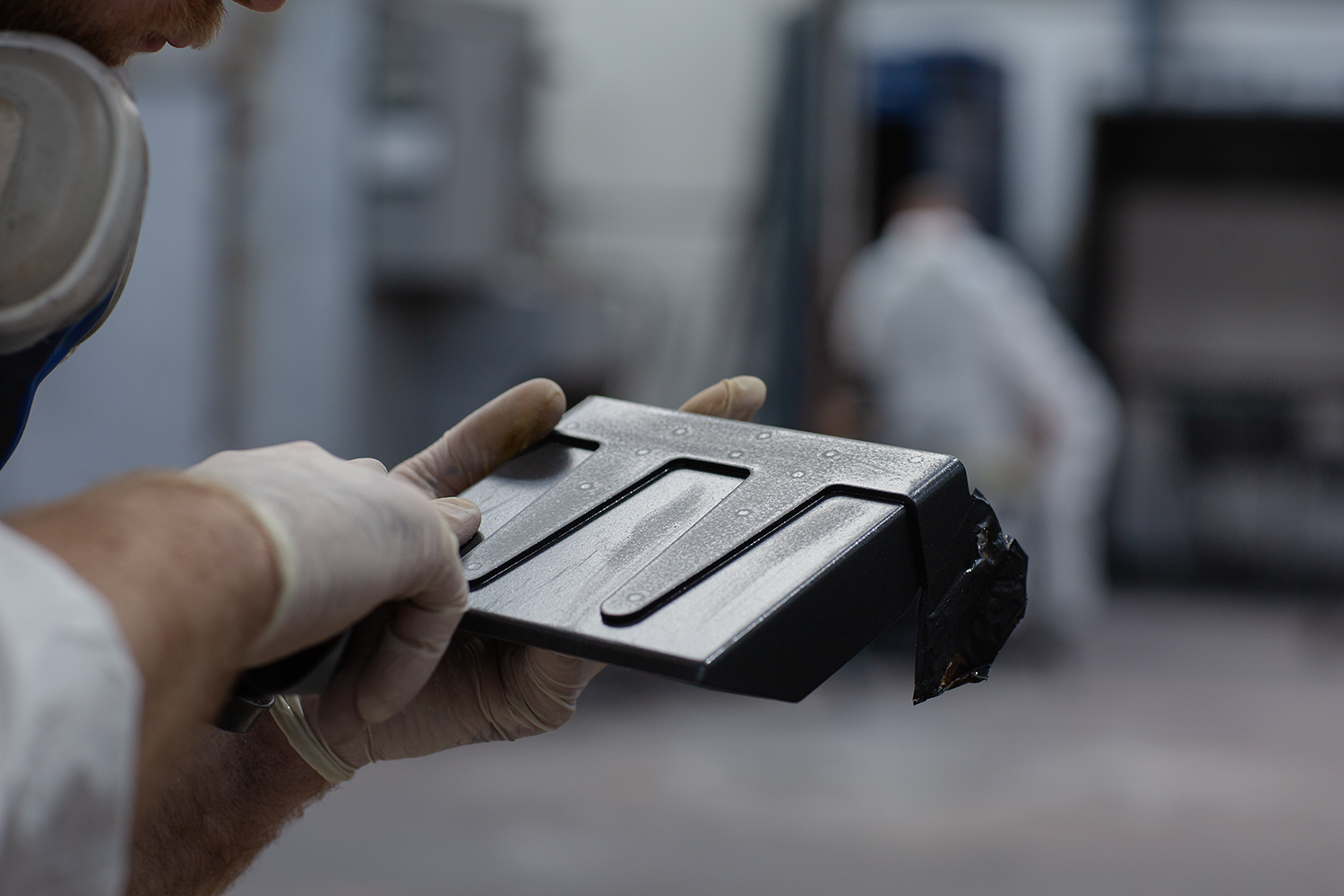When it comes to non-stick coatings and fluoropolymers, the terms “Teflon” and “PTFE” often get used interchangeably. However, there’s more to this story than meets the eye. Let’s dive into the world of these remarkable materials to understand the difference between Teflon and PTFE.
What is Teflon?
Teflon is a name that – to some – has become almost synonymous with non-stick coatings. But in reality, it’s just a brand name, and the heart of this story lies in its underlying material—Polytetrafluoroethylene or PTFE for short. This is the actual substance that is used to give the reliable, durable, and friction resistant properties needed in countless products. In essence, the only distinction between Teflon and PTFE is the name itself!
A Brief History of Teflon and PTFE
PTFE’s journey began in 1938, when a DuPont chemist named Dr. Roy J. Plunkett was working with refrigeration gases. However, when doing so, a serendipitous accident occurred as he and his associates discovered that a frozen sample of tetrafluoroethylene had spontaneously polymerised – creating polytetrafluoroethylene.
The slippery properties of this new material were immediately apparent, and as a result was then developed and later sold under the brand name Teflon, revolutionising industries worldwide, from cookware to aerospace.
Other Types of Branded Coating
While PTFE was the first fluoropolymer to be discovered, the Teflon family has expanded over the years. In addition to PTFE, there are other variants sold under the Teflon brand, each with its unique properties. These include:
FEP (Fluorinated Ethylene Propylene): Known for its excellent non-stick and low-friction properties, FEP is used in applications where a clear coating is required, such as medical devices and electrical components.
ETFE (Ethylene Tetrafluoroethylene): Renowned for its durability and resistance to UV radiation, ETFE is often used in architectural applications, including as a covering material for sports stadiums and greenhouses.
PFA (Perfluoroalkoxy): PFA offers similar non-stick properties to PTFE but with enhanced chemical resistance. It’s commonly used in chemical processing and semiconductor manufacturing.
In a Nutshell
In a nutshell, the distinction between the two is all in the name, with PTFE being the foundational material from which the brand Teflon all began. Like “Hoover” is to vacuum cleaners and “Tupperware” is to plastic storage containers, “Teflon” is a name that has become synonymous with excellence and originality in the world of fluoropolymers.

